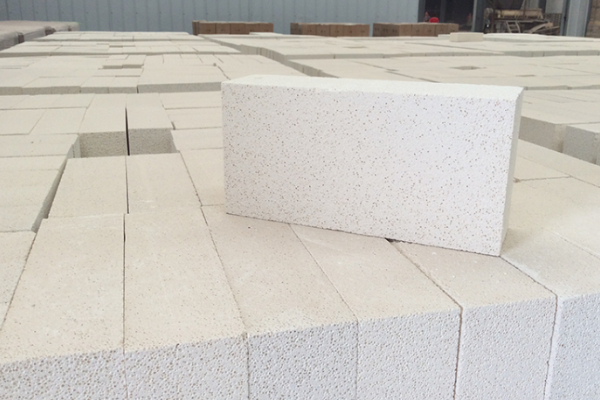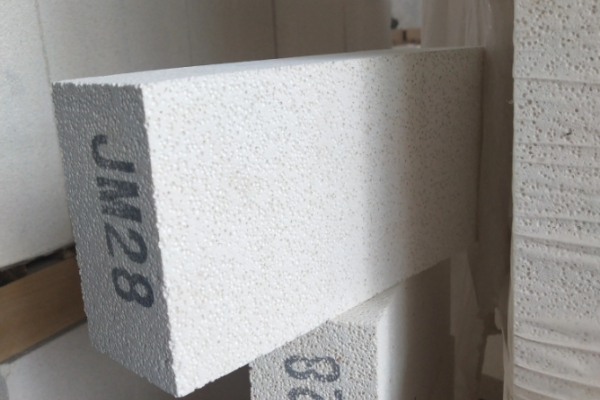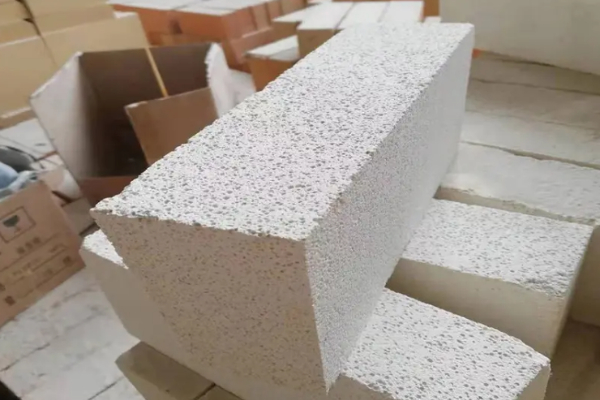JM brick is also called mullite brick. JM bricks use mullite as the main raw material and are commonly used insulation bricks in kilns. Generally, the alumina content is between 45% and 65%. Mullite insulation bricks can be used in high-temperature kilns. In the lining of furnaces, JM bricks are currently widely used in glass industrial kilns, shuttle kilns, roller kilns, and petrochemical kilns.

Introduction to JM bricks

JM bricks are mainly divided into JM23, JM26, JM28, JM30, and JM32. The main difference is the difference in refractory temperature. The refractory degrees are 1250, 1350, 1450, 1550, and 1650 respectively.
Classification of mullite insulation bricks
Mullite bricks are mainly divided into two types: sintered mullite brick and fused mullite brick. Sintered mullite uses high-alumina vanadium as raw material, adds a small amount of clay or raw vanadium as a binding agent, and is formed and sintered. Fused mullite bricks are made of high vanadium, industrial alumina and refractory clay as raw materials, with charcoal or coke fine particles added as reducing agents. After molding, they are produced by the electric fusion method. The crystallization of fused mullite is smaller than that of sintered mullite. Stone and fused mullite have better thermal shock resistance. In addition, their high-temperature resistance mainly depends on the content of alumina and the uniformity of the distribution of the mullite phase and glass.
Main applications of JM bricks
JM bricks are mainly used in hot blast stove tops, blast furnace shafts, and bottoms, glass melting furnace regenerators, ceramic sintering kilns, petroleum cracking systems, etc.
Advantages of mullite insulation bricks

- High fire resistance and good thermal insulation performance
- Can be in direct contact with open flames and can be used as a substitute for heavy refractory bricks
- High compressive strength
- Good thermal shock resistance
 Rongsheng Group
Rongsheng Group

WeChat
Scan the QR Code with wechat